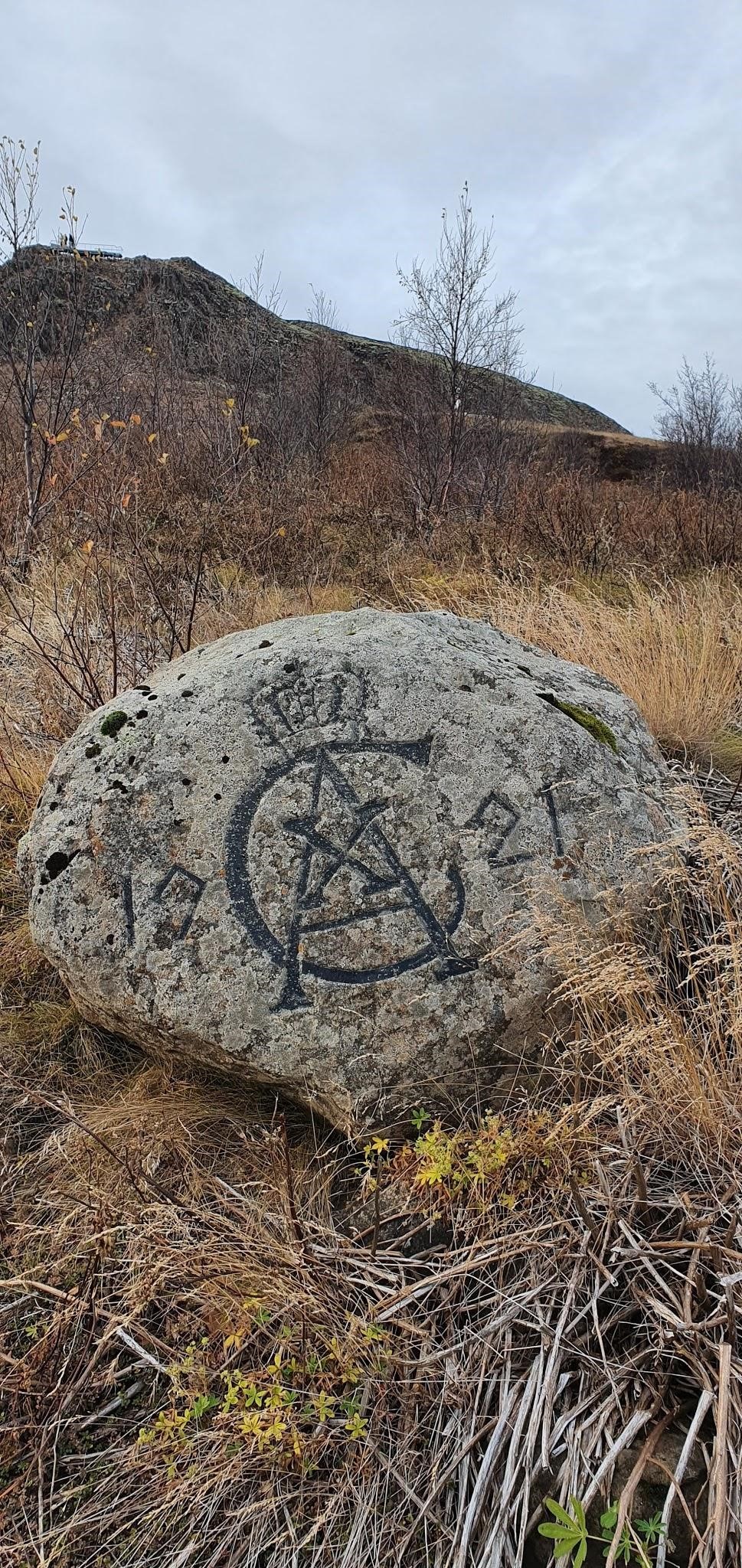Vinna við nýjar heimasíður Umhverfis- og orkustofnunar og Náttúruverndarstofnunar er í gangi. Heimasíða Umhverfisstofnunar er virk á meðan vinnunni stendur. Information in English
Culture and history
People have been coming to the area for a long time, but the oldest written records about Geysir date back to the 13th century, and the area has long attracted the interest of travelers, researchers and artists. Through the ages, people have come to Geysir to admire this natural wonder, and Geysir has been characteristic as the image of Icelandic nature for years. One of the mentions of Geysir is in Eggert Ólafsson's and Bjarni Pálsson's famous travelogue, that they wrote about their visit in 1750:...the main purpose (...) was to see the nationally known geyser, which erupts from a rock in Haukadalur. This hot spring is this called Geysir. The name means "someone who, in anger or frenzy, rushes off at a furious speed or exhibits unusual violence in his behavior."
In 1894, a British man bought part of the hot springs area and charged for access to it. Later he gave the area to a friend, but in 1935 Sigurður Jónasson bought the land back and gave it to the Icelandic people. Until 2016, the hot spring area was in the undivided joint ownership of the state and other landowners. In 2016, the Icelandic state and other owners entered into an agreement where the state purchased the entire area, and thus became the owner of the entire land of Laugar and the hot spring area. Following the signing of the purchase agreement, preparations for the protection of the area began again, which ended with the declaration of protection on June 17, 2020.
Within the protected area there are cultural relics that bear witness to human inhabitants in the past. Among other things, there are "king stones" which are relics of the visits of three kings from the Danish kingdom to Iceland. Of these, the royal visit in 1907 was probably the most famous when Frederick VIII came to the country, and Geysir was part of the Royal Road that was built for that occasion. The other kings were Christian IX in 1874 and Christian X in 1921.
